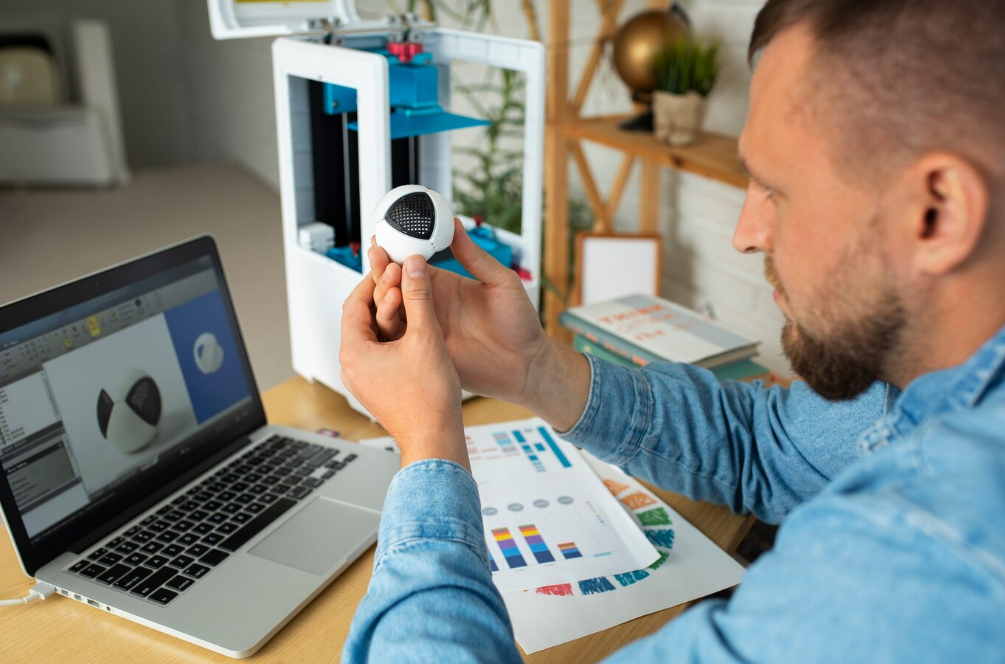Design is not just about models—it’s about the data behind those models. Without proper structure, even the most beautiful geometry becomes hard to manage. That’s where product data management in CAD comes in, serving as the central nervous system of collaborative design.
Traditionally, CAD files were stored locally or passed via shared drives. Teams created multiple versions, saved under chaotic naming schemes, and struggled to find the most recent or accurate iteration. This led to rework, lost changes, and serious project delays.
Product data management in CAD solves this by organizing everything—models, revisions, comments, approvals—in a single, searchable system. It links geometry to context, allowing users to navigate a project not just by part number, but by purpose, owner, or timeline.
Version control is one of the greatest advantages. Each change is tracked automatically, allowing users to view history, compare revisions, and restore previous states if needed. For collaborative teams using real-time CAD editing, this is essential. It protects progress while enabling fast iteration.
Another benefit is clarity in team roles. Combined with team-based CAD platform structures, permissions are integrated into the data itself. Engineers know who made changes, when they were made, and what changed—eliminating the ambiguity that slows design discussions.
Data management also supports quality control. Approvals, change requests, and milestone flags can all be attached to design versions. This ensures that design reviews are methodical and that manufacturing receives accurate, validated outputs.
In regulated industries, audit trails are critical. Product data management in CAD ensures all design decisions are traceable, with timestamps, authorship, and context preserved. This is invaluable for compliance, certification, and external reporting.
Finally, centralizing data makes onboarding easier. New team members can quickly understand project history and decisions, even if they weren’t involved from the start. That reduces ramp-up time and helps teams stay productive, even as they grow.
In short, product data management in CAD brings structure to creativity. It ensures that every design, no matter how complex, is organized, accessible, and built to scale.

